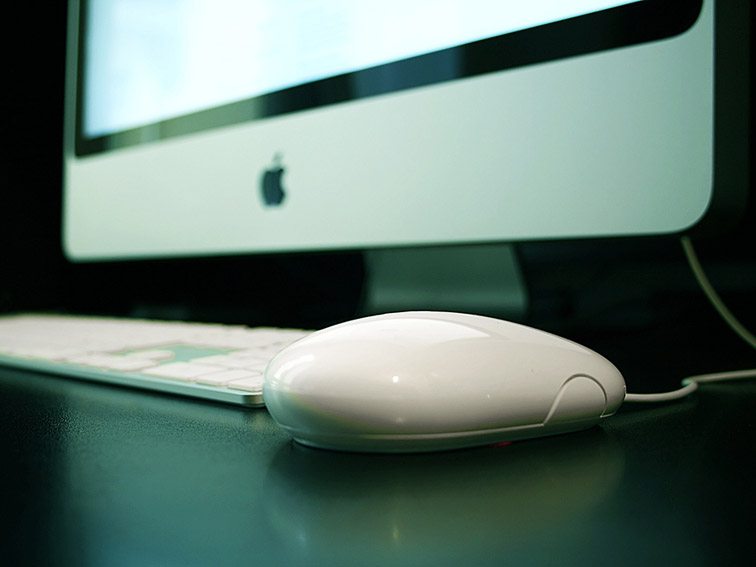Technology Is Technology & A Computer Is A Computer
Many years ago, I taught, or really, introduced, young Pre-K and Kindergarten students to computers. Every two months, I brought a different type of computer to use. Some months I would lug that huge beige monitor and big, heavy CPU. By comparison, it was such a nice treat when it came time to bring the Mac laptop.
The idea was to learn and reinforce a computer was a computer was a computer. The computers looked different but did the same thing. The younger students, given little instruction, cared less about the formality of appearances and concentrated on the fun at hand. To the little ones, as long as we could help Putt Putt, (remember Putt Putt games?) the computer’s appearance did not matter.
Today, over ten years later, this concept is truer than ever. Occasionally, I hear, “I’m not a Mac person.” Last night a car passed me with 5 Apple logo stickers on the back window, instead of stick family characters. Obviously, they aren’t “PC people”.
Personally, I love my Mac. I realize how Apple-centric my family and I have become with our family Mac desktop, iPads and iPhones. A few days ago, I tried to help a friend with her BlackBerry phone. Admittedly, I was completely lost. I understand and appreciate how odd sitting at an unfamiliar computer system, or trying to answer someone else’s phone can be. Yet, it’s time to acknowledge the shell of the computer shouldn’t matter. It is important to be able to successfully work multiple platforms.
I often explain to students using a different type of computer is the same as going to McDonald’s, Burger King, or Wendy’s. You can get a drink, burger and fries at all three of those places. They are very similar, but with different packaging. Of course, everyone will have their preference.
But what if we applied this concept to computers? You can certainly have your favorite. Learning to navigate multiple operating systems and be able to seamlessly transition from a Chrome Book, to an iPad, to a PC, to a Mac computer, and even a Smart Phone is an important skill in and of itself.
I often find myself typing out an email response or a Twitter message on my tiny iPhone screen and keyboard even while sitting in front a large screen of a desktop computer. My phone has become the computer I reach for most often to do business and in fact the “computer” I use the majority of the time. When I want to write a long document, I usually try to find a desktop computer, but not always. I have typed many a lengthy response on my phone. Using my phone allows me to complete a task before I forget it.
Last fall, Georgina Campbell, wrote an entire novel on her Smart Phone. In her words, “I started typing on my BlackBerry because it was something I had with me all the time and could easily just take out and start typing anywhere.“ Ms. Campbell realized a “computer” was always at her fingertips and took advantage of that.
If I have the luxury to sit quietly and leisurely scroll through a variety of informative and entertaining articles, I usually grab my iPad. (I also realize I am blessed to have many devices to choose my personal preference.)
Every day I read articles for and against Chromebooks, iPads, tablets. The truth is, they are all good. They all serve different purposes. One of them is not better than the other. A specific device may serve a need better or more conveniently. One device may be a better fit for your school or business. It’s likely though, that there is not one perfect device for all our computing needs. Using a variety of devices can certainly have disadvantages. It can be tough to maintain, support, train, learn and stay current with the demands of various systems, yet the advantages along the way seem worth it to me in the long run.
Do you or your students get exposure to multiple types of computers? Do you feel comfortable using a variety of systems? Can you switch from a PC to a Mac with little trouble? Can your students? Are you taking advantage of the computing capabilities of your smart phone?
Resist getting set in your ways; instead, be willing to grow and evolve with all the learning made possible through technology.

